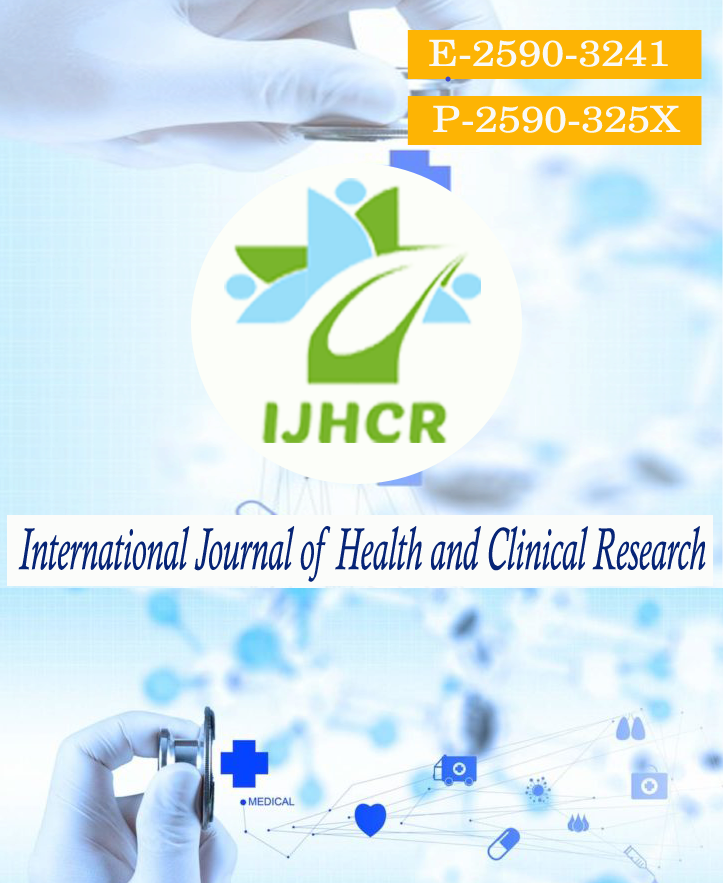A cross sectional study on the prevalence of premenstrual syndrome among nursing school and college students of Kalyani, Nadia, West Bengal, India
Keywords:
Pre-menstrual syndrome (PMS), Premenstrual Dysphoric Disorder (PMDD), PSST Scale (pre menstrual symptoms screening tool), Perimenopausal period, Survey questionnaireAbstract
Background: Premenstrual syndrome (PMS) is comparatively under-investigated in the area of psychiatry, in India, hence, this study was considered. The objectives of the study were to find the prevalence of PMS among nursing school and college students of Kalyani Municipal Area, Nadia, Kalyani. The study was to find out the prevalence of PMS and explore the demographic and lifestyle factors related to PMS if any. Materials & Methods: It was a cross-sectional study. Systematic Random Sampling method was followed. All the women >16 years who would fulfill the inclusion criteria, were allowed; all from a section/class, then moving to the next college, till the total 184 number are collected. The survey used a self-administered semi-structured questionnaire for collection of data, which had nearly zero item non-response rates. Survey questionnaires, was pre-tested in a different but comparable population. The tools included questions related to socio-demographic attributes, menstrual characteristics, gynecological problems, knowledge about pre-menstrual syndromes (PMS) and treatment seeking behavior including hospitalization and management options undertaken for menstrual and gynecological problems, behavioural factors, menstrual profile, dietary pattern, exercise habit, similar family history etc. to find out the correlation among them. Results: Respondent’s age was between 16 to 26 years, with the mean age of 20 years. Maximum numbers of respondents (61.58%) were belonging from age group 19-21 years. Nearly 44.74% of the respondents were found having moderate symptoms of PMS and 1.05% had severe symptoms of PMS. About 22.63% of the respondents moderate PMS and 1.58% were assessed having severe form of PMS. Important determinants of PMS and PMDD included some of the major findings from logistic regression. About 58.42% of the respondents’ next cycle bega within the interval of 26-30 days, 26.84% within 31-35 days, a little later. Delayed menstruation was stated by 9.47% of the respondents. Additionally, about 5.26% individuals stated that their menstrual cycle had very short interval starting within 15-25 days. Heaviness of menstrual flow was determined by number of pad/ napkin use/day as per absorption capacity. Conclusion: Our study revealed a high prevalence and negative impact of PMS on nursing students. Therefore, health education, appropriate medical treatment and counseling services, as part of the overall health service, should be availed and provided to affected women.
Downloads
Published
How to Cite
Issue
Section
License
Copyright (c) 2021 Bandana Sarkar, Sukanti Bhattacharyya

This work is licensed under a Creative Commons Attribution 4.0 International License.






 All articles published in International Journal of Health and Clinical Research are licensed under a
All articles published in International Journal of Health and Clinical Research are licensed under a 